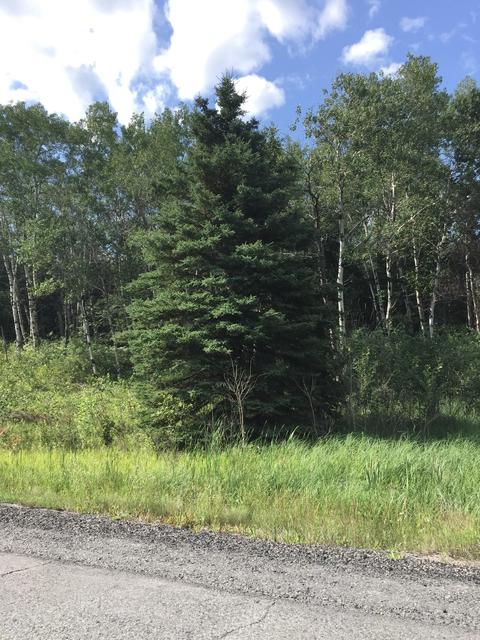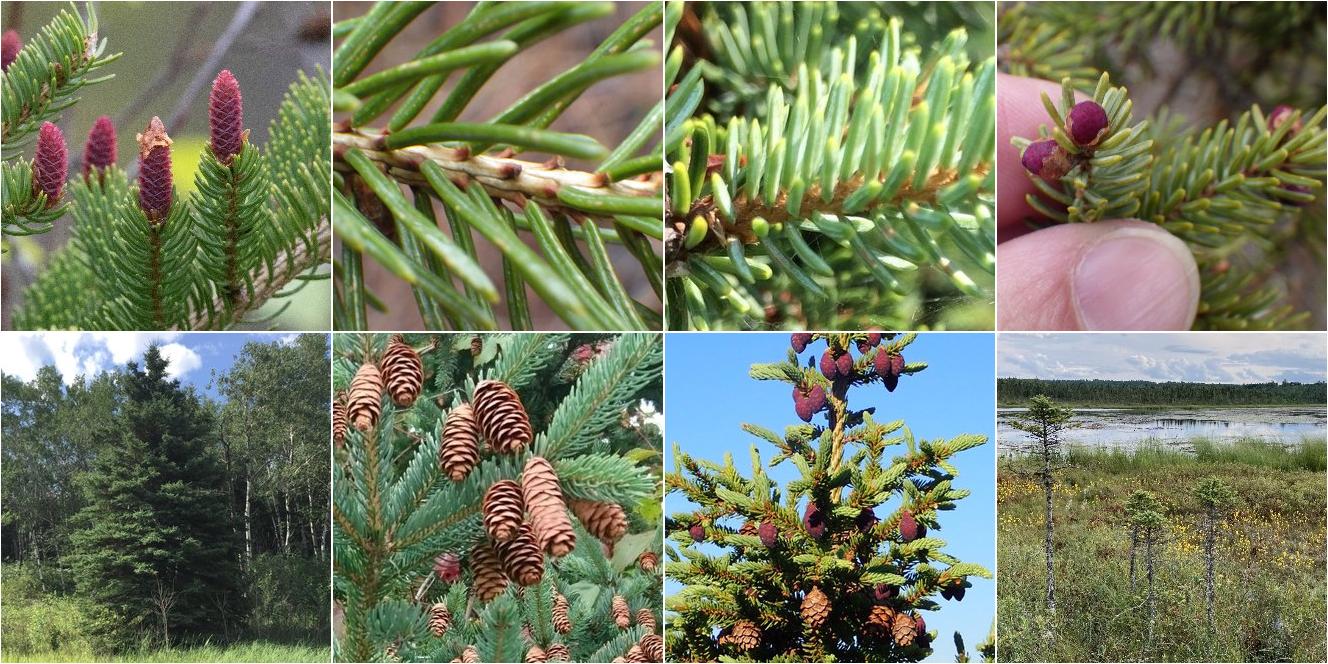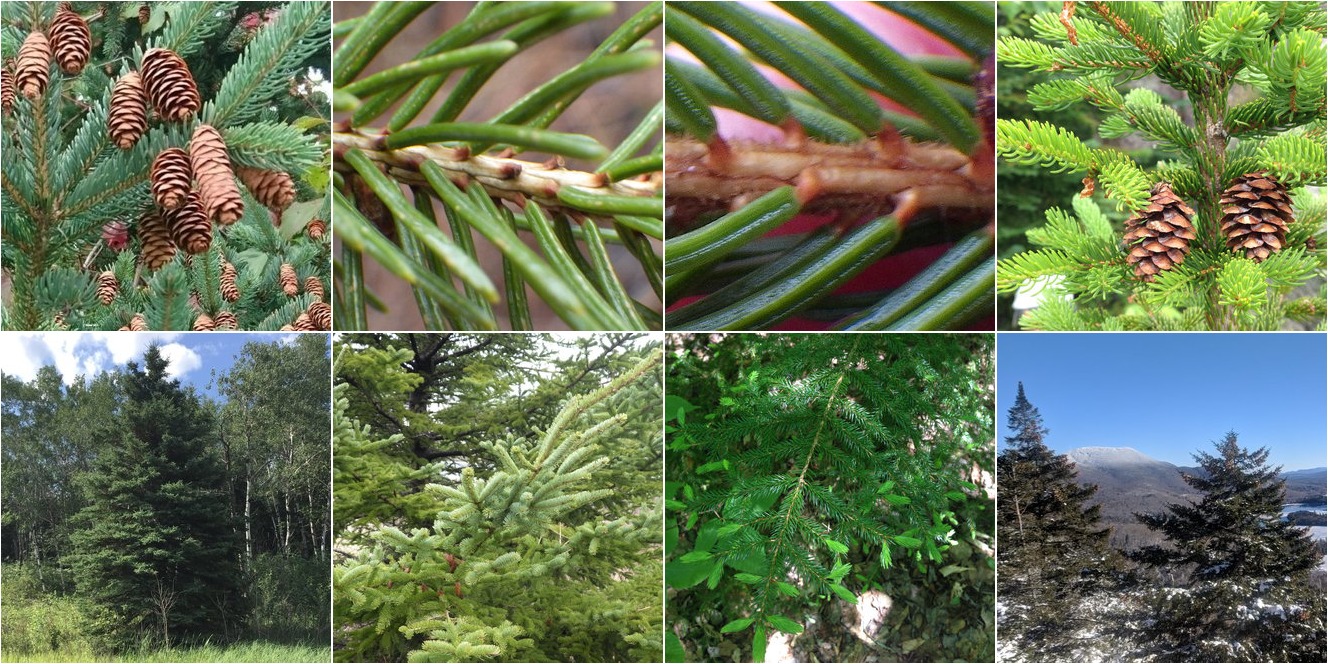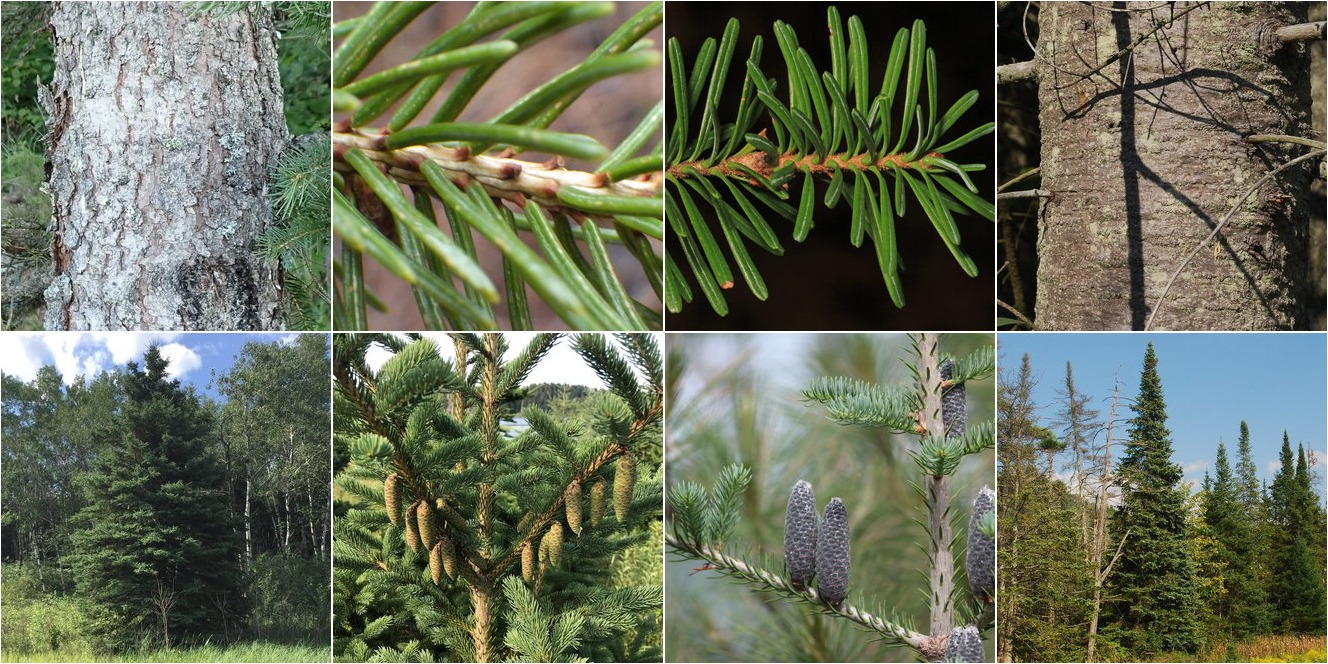White Spruce (Picea glauca) vs. Black Spruce (Picea mariana)
Updated February 27th, 2022These two species are often confused as their ranges overlap and both have bluish foliage. They can be relatively easily distinguished by cones, as well as by characteristics of twigs, needles, and buds, and major differences in growth habit and habitat. White spruce occupies richer habitats, with deep, well-drained soils, whereas black spruce is found on poorly drained and/or thin soils. Although it happens rarely, these species can hybridize, so it may not be possible to identify all individuals.






